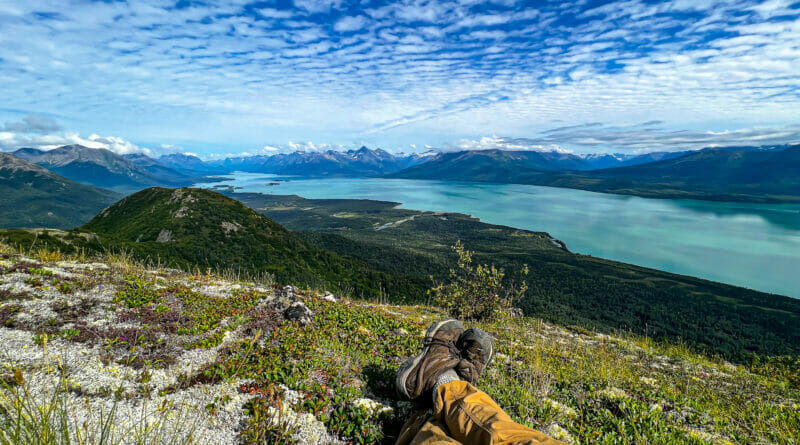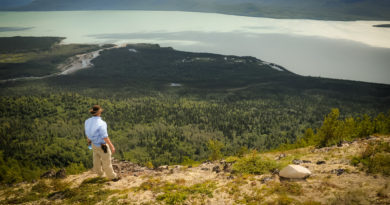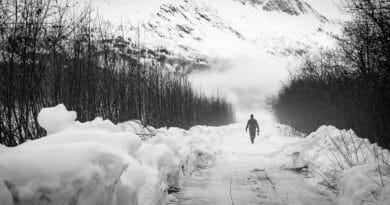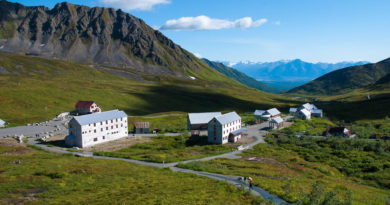Alaska Year-Round Weather – What to Expect
Alaska, the largest state in the United States, is renowned for its breathtaking natural beauty, vast wilderness, and unique wildlife. However, when planning a visit to the Last Frontier, understanding the ever-changing weather patterns is crucial. Alaska’s climate can be unpredictable, with extreme temperatures and diverse conditions across different regions. In this ultimate guide, we will explore the year-round weather in Alaska. We will provide valuable insights to help you plan your adventure in this remarkable destination.
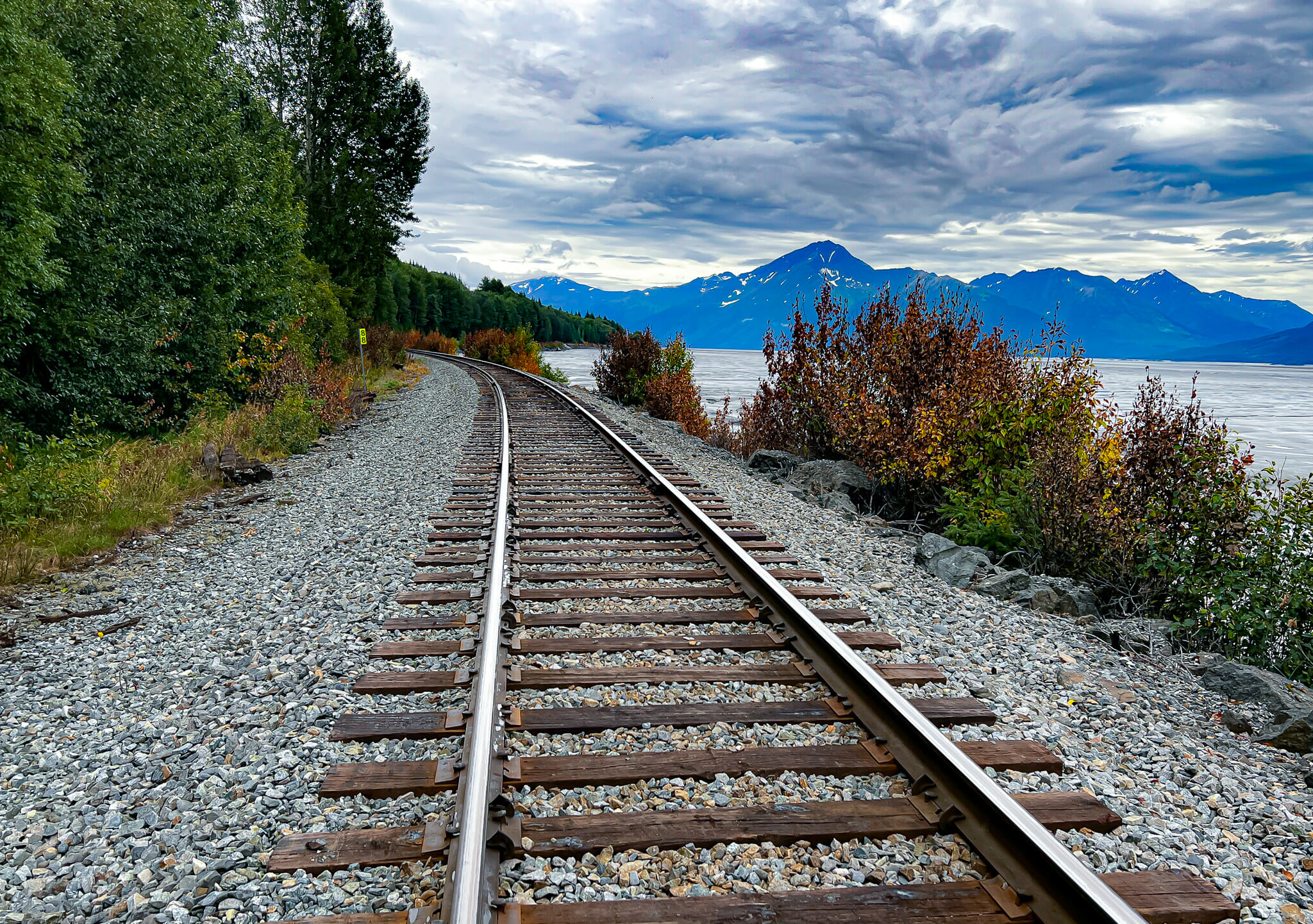
Alaska Weather in the Spring (March to May)
Spring in Alaska is a transition period when the state emerges from the grip of winter. While temperatures begin to rise, it is important to note that snow can still be present. You may snow, particularly in the interior and higher elevations. Coastal areas experience milder conditions, with temperatures ranging from 30°F to 50°F (-1°C to 10°C). As the days grow longer, the snow begins to melt. It gives way to the emergence of vibrant wildflowers and the awakening of wildlife. Spring also brings longer daylight hours, providing an ideal opportunity to witness the spectacular Northern Lights.
Alaska Weather in the Summer (June to August)
Summer is the most popular time to visit Alaska, as the weather is relatively mild and the days are long. Average temperatures range from 50°F to 70°F (10°C to 21°C) across the state. Coastal areas benefit from a maritime climate, with cooler temperatures compared to inland regions. In the south, you can expect occasional rain, while the interior and northern areas enjoy drier conditions. The long daylight hours, known as the “midnight sun,” create a sense of endless summer. More sunlight allows for a wide range of outdoor activities, such as hiking, fishing, kayaking, and wildlife viewing. It is also the best time for exploring national parks and witnessing incredible wildlife, including bears, whales, and eagles.
Alaska Weather in the Fall (September to November)
Alaska’s fall season presents a stunning display of colors as the foliage changes, making it a magical time to visit. However, it also marks the transition into colder temperatures. Average temperatures range from 30°F to 50°F (-1°C to 10°C), with temperatures dropping as the season progresses. September offers relatively mild conditions, with pleasant daytime temperatures and cooler evenings. October and November can see the first snowfall in some areas, creating a picturesque winter wonderland. Fall is an excellent time for photography enthusiasts to capture the golden hues of the landscape. It’s also a great time to observe the migratory patterns of birds. It is advisable to pack layers and warm clothing to stay comfortable during the changing weather.
Alaska Weather Winter (December to February)
Winter in Alaska is characterized by long nights, freezing temperatures, and abundant snowfall. The interior and northern regions experience extremely cold temperatures. Often temperatures drop below freezing, with average temperatures ranging from -20°F to 10°F (-29°C to -12°C). Coastal areas are milder, with temperatures ranging from 20°F to 30°F (-7°C to -1°C). While the colder temperatures might deter some visitors, winter in Alaska offers a unique and enchanting experience. The snow-covered landscapes provide opportunities for winter sports such as skiing, snowboarding, and snowmobiling. Winter activities, such as dog sledding and viewing the mesmerizing Aurora Borealis (Northern Lights). They make this season a truly magical time to visit.
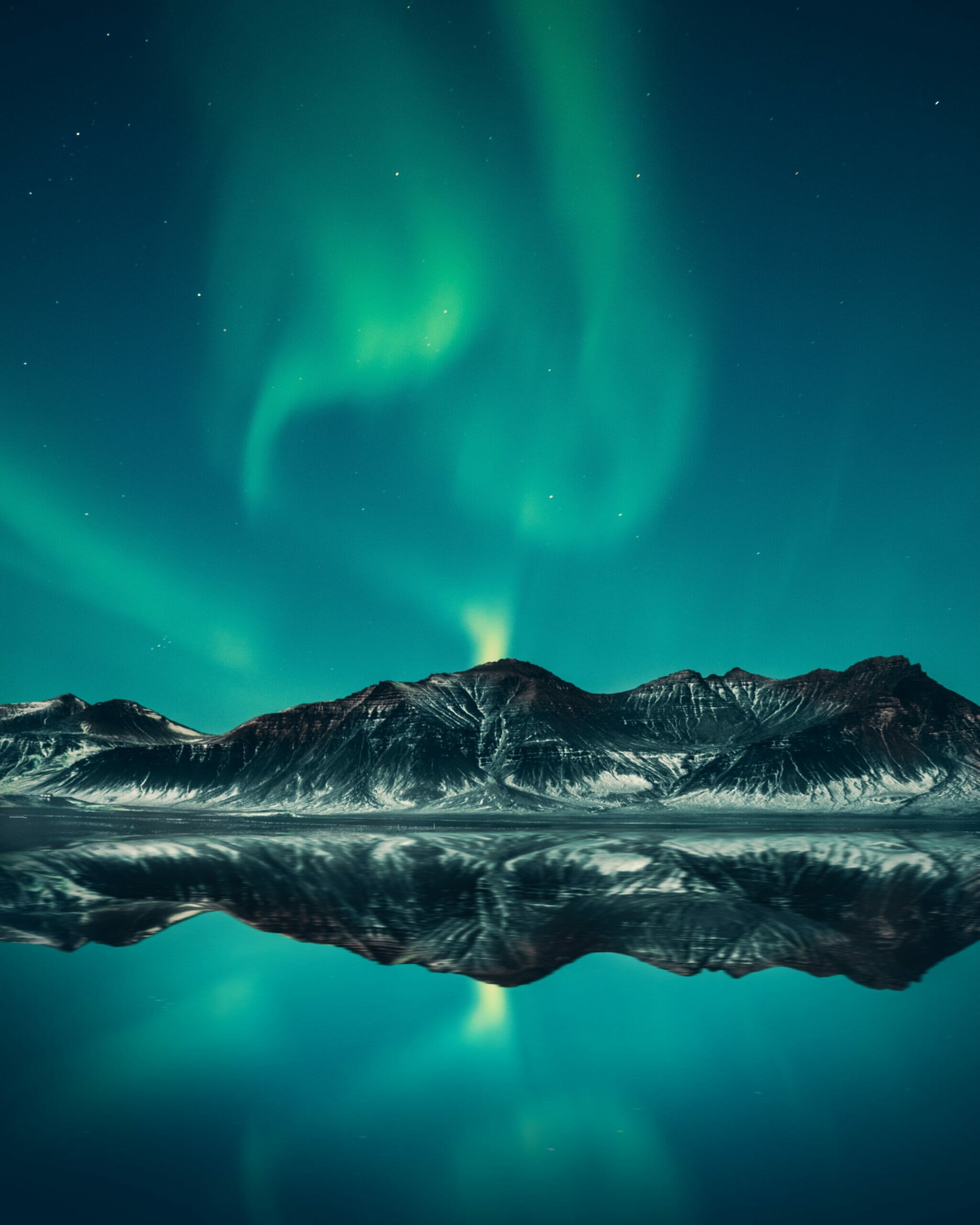
Coastal vs. Interior Alaska
Alaska’s weather patterns vary significantly between its coastal and interior regions. Coastal areas, such as Anchorage and Juneau, experience a maritime climate influenced by the Pacific Ocean. This results in milder winters and cooler summers compared to the interior. The moderating effect of the ocean brings more stable temperatures and a higher likelihood of precipitation.
Conclusion on Alaska Year-Round Weather
Alaska year-round weather is as diverse as its landscapes, offering visitors an array of experiences throughout the seasons. Whether you prefer the long summer days, the vibrant colors of fall, the snowy wonderland of winter, or the awakening of spring, each season has its own unique charm. To make the most of your Alaskan adventure, research the specific region you plan to visit. Make sure to pack appropriate clothing for the prevailing conditions, and be prepared for the unexpected.
Alaska’s weather can change rapidly, even within a single day. It is essential to dress in layers and carry essential gear like waterproof jackets, sturdy footwear, and warm accessories. Additionally, don’t forget to check weather forecasts and road conditions regularly. They can greatly impact your travel plans and outdoor activities.
Remember that Alaska’s weather is just one aspect of its allure. The stunning landscapes, incredible wildlife, and the opportunity for unforgettable experiences make it a destination like no other. Alaska offers a myriad of adventures for every interest. From cruising along scenic fjords to hiking through towering mountains, or immersing yourself in the rich cultural heritage of indigenous communities,
Alaska’s weather adds an extra layer of excitement and unpredictability to your journey. Embrace the ever-changing conditions and immerse yourself in the beauty of this vast and awe-inspiring state.

